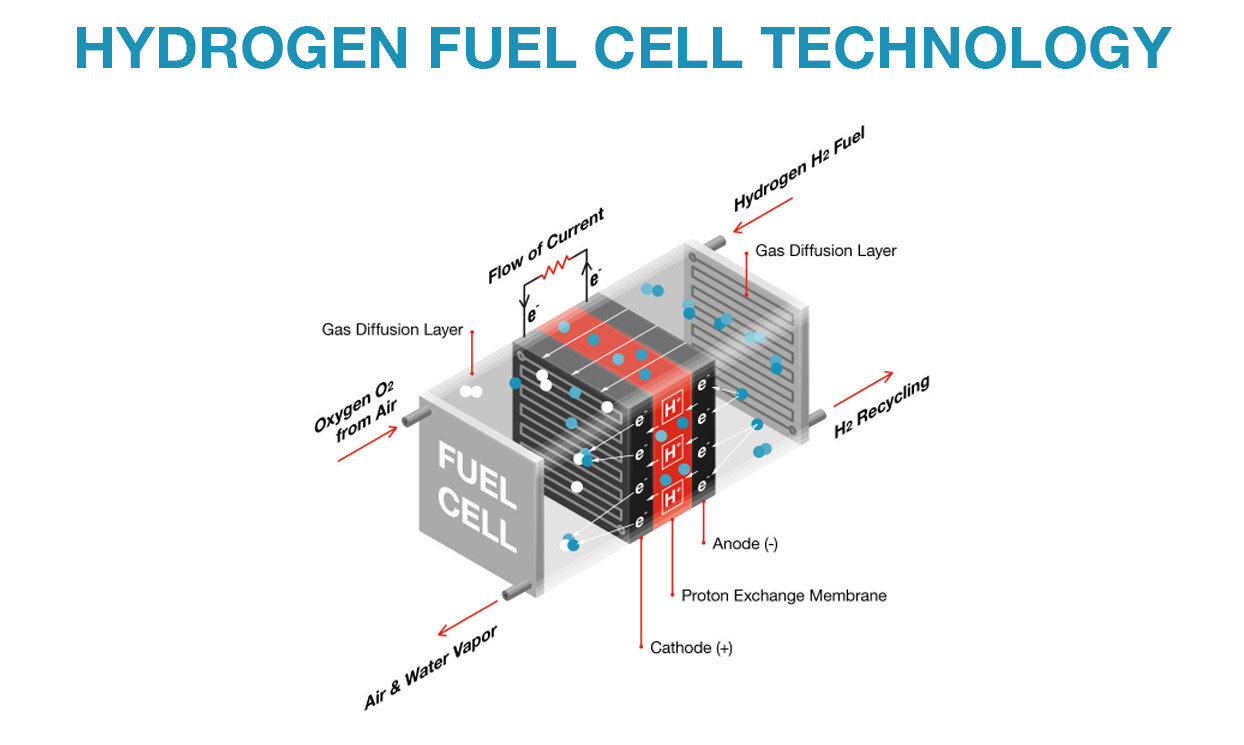
Insight into steam reforming of ethanol to produce hydrogen for fuel cells
Prakash D. Vaidya, Alirio E. Rodrigues ∗
Laboratory of Separation and Reaction Engineering, Department of Chemical Engineering, Faculty of Engineering,
University of Porto, Porto 4200-465, Portugal
Abstract
Ethanol can be prepared from agricultural residues and hence is a renewable resource. Its production is simple and cheap and hence steam reforming of ethanol to produce hydrogen for fuel cells is attractive. Process engineering aspects of ethanol steam reforming are discussed here. High temperatures, low pressures and high water-to-ethanol ratios in the feed favor hydrogen production. Ni, Co, Ni/Cu and noble metal (Pd, Pt, Rh)-supported catalysts are promising. Major concerns are fast catalyst coking and formation of by-products such as methane, diethyl ether and acetaldehyde. To overcome these problems, the process should be carried out in a two-layer fixed bed catalytic reactor: at first, ethanol should be dehydrogenated to acetaldehyde in presence of Cu-based catalyst at 573–673K and then this stream should be passed over a bed containing a mixture of Ni-based catalyst and a chemisorbent at low temperatures around 723 K. The entire process of ethanol steam reforming coupled with selective CO2 removal by chemisorption will enable production of high-purity H2 and hence is very promising
Download PDF